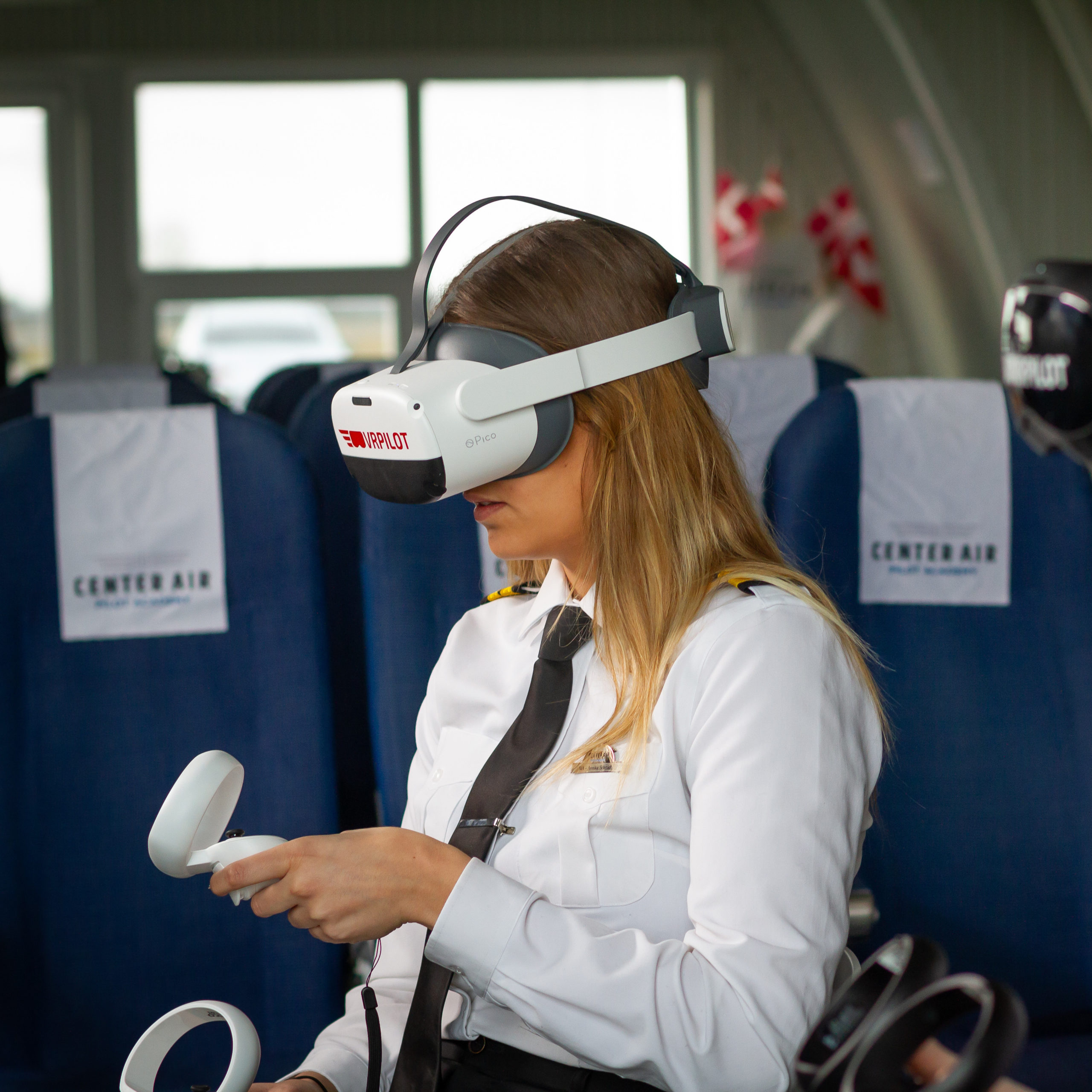The role of virtual reality in pilot training and aviation technology

Taking Flight in the Virtual World: The Role of VR in Pilot Training and Aviation Technology
The skies are no longer the limit for innovation. Virtual reality (VR) is rapidly transforming the world of aviation, offering a powerful and immersive way to train pilots, design aircraft, and improve safety. From realistic simulations to cutting-edge maintenance tools, VR is rewriting the future of flight.
VR in Pilot Training: Beyond the Cockpit
Gone are the days of clunky flight simulators confined to dedicated training centers. VR is bringing the experience to life, offering pilots-in-training a dynamic and cost-effective way to learn. Here’s how VR is changing pilot training:
- Enhanced Realism: VR environments recreate diverse weather conditions, complex scenarios, and even emergency situations with breathtaking fidelity. This allows trainees to hone their skills in a safe and controlled environment, building confidence and competency.
- Cost-Effective and Accessible: VR training can significantly reduce the cost of traditional flight training, which involves expensive flight hours and specialized equipment. It also provides accessible training opportunities to individuals who might not have access to traditional training programs.
- Improved Retention: Research suggests that VR-based training can lead to better retention of learned skills. The immersive nature of VR creates a more engaging learning experience, improving knowledge retention and practical application.
- Personalized Learning: VR allows for customized training programs tailored to the individual needs of each pilot. This ensures that trainees receive targeted instruction and practice scenarios relevant to their specific skill levels and learning styles.
VR in Aviation Technology: From Design to Maintenance
The impact of VR extends beyond pilot training, revolutionizing aviation technology across various facets:
- Aircraft Design and Development: VR enables engineers to visualize and interact with aircraft designs in a 3D space. This facilitates faster iteration and optimization of designs, leading to improved aerodynamics, fuel efficiency, and overall performance.
- Maintenance and Repair: VR can be used to create interactive training modules for aircraft mechanics, allowing them to practice complex maintenance procedures in a virtual environment. This reduces the risk of mistakes and improves overall maintenance efficiency.
- Safety and Emergency Procedures: VR simulations can be used to train pilots and air traffic controllers in handling emergency situations, such as engine failure, fire, or turbulent weather. This provides valuable experience in critical situations without any real-world risks.
- Data Visualization and Analysis: VR can be used to visualize vast amounts of flight data, allowing engineers and analysts to identify patterns and trends that might otherwise be missed. This insights can lead to improvements in aircraft performance and safety.
The Future of VR in Aviation
As VR technology continues to evolve, its integration into aviation will become increasingly sophisticated. We can expect to see:
- More immersive and realistic training simulations: Advancements in VR hardware and software will create even more lifelike flight training environments.
- Integrated VR training programs: VR will seamlessly integrate with other training methods, creating a holistic learning experience.
- Wider adoption across the aviation industry: VR will become a standard tool for pilots, engineers, mechanics, and other aviation professionals.
The future of flight is truly taking off. With VR at the helm, aviation is poised for a new era of innovation, safety, and efficiency, pushing the boundaries of what is possible in the sky.

